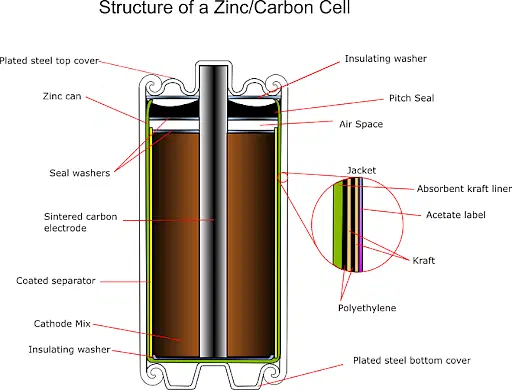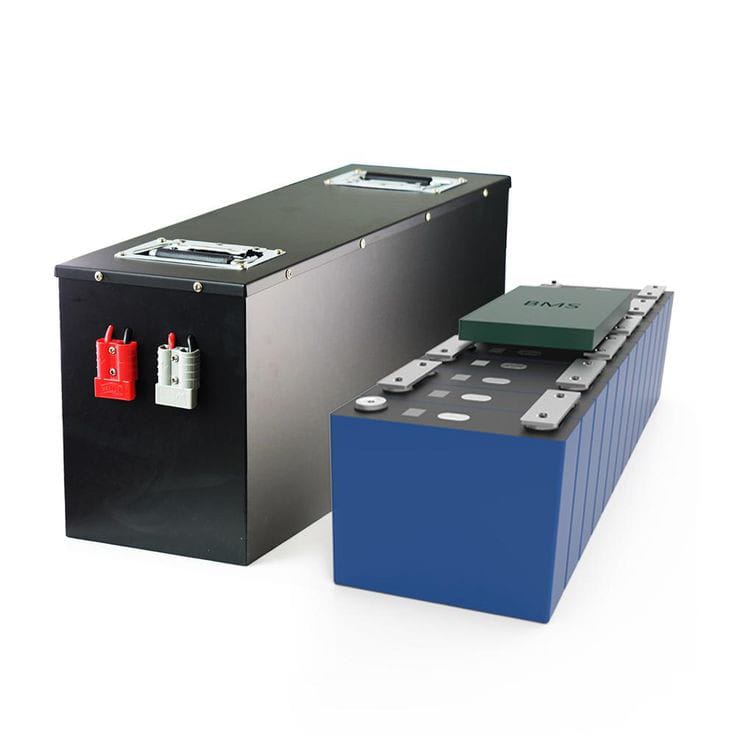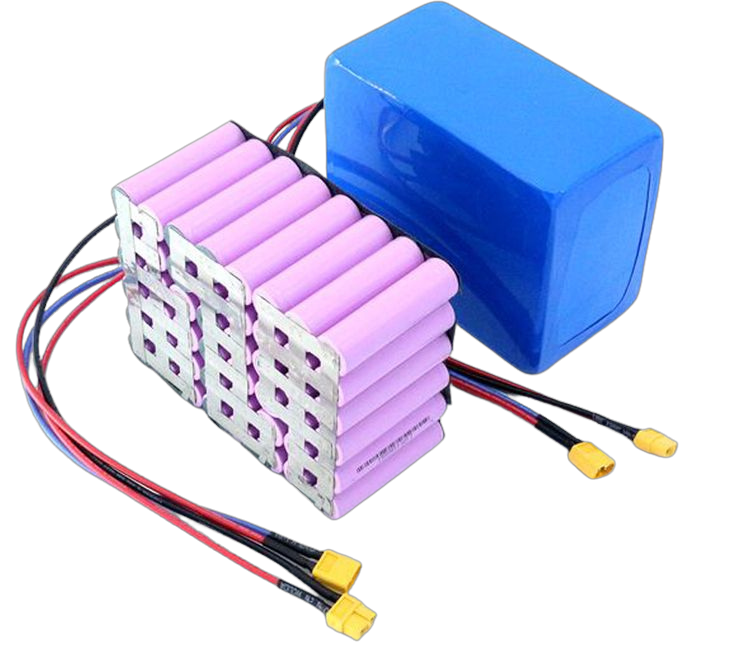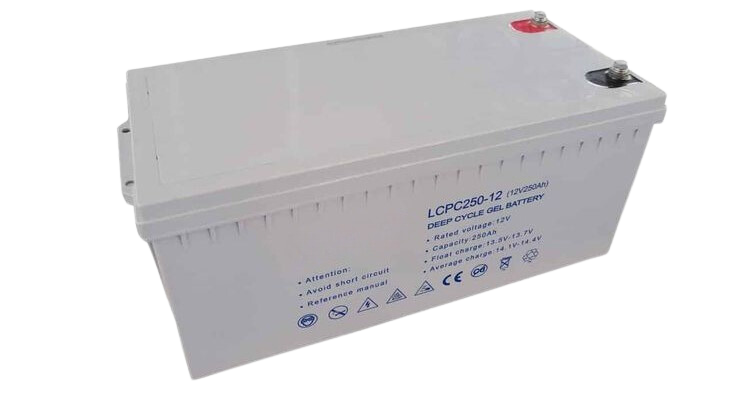
Importance Of Battery
Contents
The Importance Of Batteries in modern life plays a vital role. They have become an essential part of our daily routines, powering a wide range of devices and technologies that we base on for communication, convenience, and mobility. Here are some key aspects highlighting the importance of batteries in modern life:
Portable Power Source: Batteries provide mobile power, allowing us to use electronic devices without the need for constant connection to electrical outlets. From smartphones and laptops to smartwatches and wireless headphones, batteries enable us to stay connected and productive on the go.
- Electricity storage: Batteries serve as a means of storing electricity, which is particularly battery important for life and energy sources like solar and wind. They enable the smooth integration of these energy sources into the grid by storing excess energy when it’s available and releasing it when needed, helping to balance supply and demand.
- Electric Vehicles: With the increasing emphasis on sustainability and reducing greenhouse gas emissions, electric vehicles have gained popularity.
- Uninterrupted Power Supply (UPS): Batteries are a vital component of Uninterrupted Power Supply systems. They are crucial for critical infrastructure, data centres, healthcare facilities, and businesses that require a reliable backup power source.
- Medical Devices: In the healthcare sector, batteries play a critical role in powering life-saving medical devices such as pacemakers, insulin pumps, and portable diagnostic equipment. They provide patients with mobility and independence, improving their quality of life. Categories of battery. The battery is very important in modern life.
Importance Of Battery In Modern Life
Categories Of Battery
Categories Of Battery
Primary Battery: A primary battery is a non-rechargeable battery designed for single-use applications. It generates electrical energy through chemical reactions that cannot be reversed by charging.
Once its stored energy is empty, the primary battery becomes non-functional and needs replacement. Common examples of primary batteries include alkaline batteries and zinc-carbon batteries, widely used in household devices, toys, and low-drain electrons. These types of batteries are also very important in our modern life.
Secondary Battery: A secondary battery, also known as a rechargeable battery, is designed to be charged and discharged multiple times, making it suitable for repeated use.
It uses reversible chemical reactions to store and release electrical energy, allowing it to be recharged using appropriate charging methods. Lithium-ion batteries. Batteries are prominent examples of secondary batteries, widely used in smartphones, laptops, and electric vehicles.
Secondary batteries offer the advantage of cost-effectiveness and reduced environmental impact, so they are important for battery life in modern life as they can be reused many times before reaching the end of their life.
Types of batteries

Zinc-Air Batteries
Zinc Air Battery is a type of electrochemical energy storage technology that harnesses the reaction between zinc and oxygen from the air to produce electrical energy. These batteries are known for their high energy density, making them an attractive option for certain applications.
The basic construction of a Zinc-Air Battery consists of a zinc anode, an air cathode, and an electrolyte. The anode is typically made of zinc metal, while the cathode is designed to allow air to dissolve through it.
The electrolyte in zinc-air batteries is usually an alkaline solution that facilitates the ionic movement between the anode and the cathode. This type of battery is important in modern life.
Lithium Battery
A revolutionary electrochemical, it boasts high energy power and exceptional performance. Powering countless devices, from smartphones to electric vehicles, offers prolonged usage and rapid charging capabilities. Compact and lightweight, Lithium Batteries have become necessary and important in these types of battery modern life, redefining the way we control and store energy.

Alkaline Battery
Alkaline batteries are widely used portable power sources. Consists of a zinc anode, manganese dioxide cathode, and alkaline electrolyte. Power toys, remotes, clocks, and more. Alkaline batteries consist of zinc anode and manganese cathode.
Alkaline Batteries are a popular type of disposable, dry cell battery that provides reliable and long-lasting power for a wide range of electronic devices. They are commonly used in everyday household items like toys, remote controls, clocks, flashlights, cameras, and portable audio devices.

The Zinc-Carbon
Battery is a type of dry cell battery, classified as a primary battery, designed for single-use applications. This widely used electrochemical power source provides reliable and economical energy for a variety of everyday devices. As a primary battery, the Zinc-Carbon Battery is not rechargeable.
Once it is empty, it cannot be restored to its original state through charging. However, it provides a cost-effective and better power solution for low-drain devices like remote controls, flashlights, wall clocks and basic portable electronic devices.
While zinc-carbon batteries are widely available and inexpensive, they have some limitations compared to more advanced battery technologies. They have a relatively lower energy density, meaning they hold less energy in comparison to other types of batteries.
The Silver Oxide Battery
This is a complete and high-energy density button cell battery widely used in small electronic devices like watches, calculators, and hearing aids. It consists of a silver oxide cathode, a zinc anode, and an alkaline electrolyte.
During discharge, the silver oxide reacts with the zinc to produce silver, releasing electrons and generating electrical current. The battery is very important in modern life.
These batteries provide a stable and consistent voltage output throughout their life, making them ideal for instruments and devices that require a reliable power source.
Although they are more expensive than other types of batteries, their excellent performance in low-power applications makes them a popular choice for powering various portable gadgets and medical devices.
.
The Lead Acid Battery
- This type of rechargeable battery is commonly used for various applications, including automotive, UPS and backup power systems. It consists of lead dioxide as the positive plate, a sponge-like lead as the negative plate, and a sulfuric acid electrolyte.
- When the battery is charged, a backup chemical reaction occurs, converting lead dioxide and lead into lead sulfate and water. During discharge, this process is reversed, producing electrical energy as the lead sulfate is converted back to lead dioxide and lead.
- Lead-acid batteries are known for their strength, cost-effectiveness, and ability to deliver high currents, making them a popular choice for applications requiring a reliable and powerful energy storage solution. However, they are relatively heavy and require periodic maintenance to ensure the importance of the performance of the batteries in modern life.
Pros
- Smartphones and Tablets Powering communication and computing devices, Enabling mobile lifestyles and laptops and Notebooks.
- Reducing fossil fuels. Combating climate change and reducing emissions Hybrid Vehicles.
- Reducing strain on the power grid Consumer Electronics and Appliances, Remote Controls, Powering home entertainment devices and Flashlights Emergency. Household Appliances. Running essential home devices like clocks, smoke detectors, etc.
- Enhancing quality of life for patients.
Cons
- Batteries have a finite energy storage capacity. This capacity might not meet the demands of high-energy applications or extended periods without access to recharging.
- With each charge-discharge cycle, batteries can experience degradation, leading to reduced capacity and overall performance over their lifespan.
- Batteries naturally lose charge over time, even when not in use, which can lead to reduced performance if they are left unused for extended periods.
Conclusion:
Batteries play a pivotal role in modern life, powering an array of essential devices, driving sustainable transportation, supporting renewable energy integration, and enhancing overall convenience, making them indispensable components of our daily routines.
FAQ
What does battery mean in energy?
Replenishing battery charge can be time-consuming, and rapid-charging methods may hasten degradation. This can be inconvenient when immediate power is required.
Some battery types generate heat during charging and discharging, influencing efficiency and longevity. Cooling mechanisms might be necessary for demanding applications.
High-quality batteries, particularly specialized or advanced variants, can incur substantial initial expenses, potentially serving as a financial barrier.
Why is it called battery?
It goes something like this: the Latin verb battery came into French as a battle, meaning ‘to hit’; this gave rise to the noun batterie, meaning ‘a beating’ or a set of things have been hammered.’
What type of energy is batteries?
Batteries are highly regarded for their ability to store chemical energy, which can later be transformed into electrical power.



![importance of battery in modern life. [alkaline battery]](https://batteryhubpro.com/wp-content/uploads/2023/08/Untitled-design-8.png)






